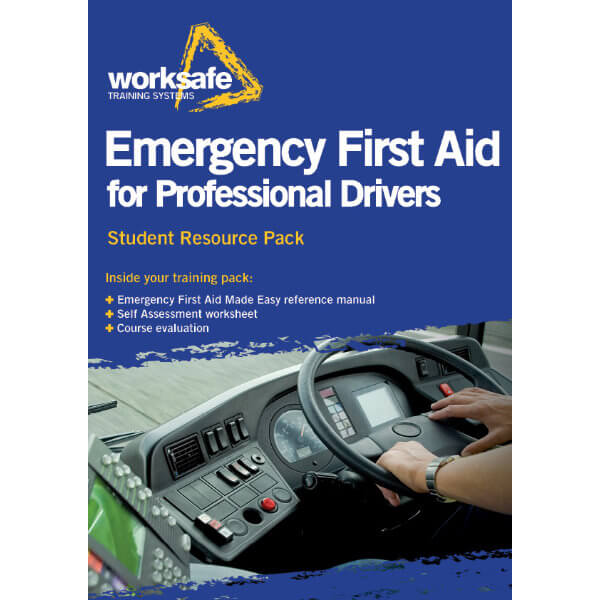
Data from the Australian Automobile Association reveals a concerning rise in road fatalities. In the past financial year, there were 1,310 road deaths, representing an 11.7 percent increase compared to the previous year. On average, a life was lost every eight hours.Data from the Australian Automobile Association reveals a concerning rise in road fatalities. In the past financial year, there were 1,310 road deaths, representing an 11.7 percent increase compared to the previous year. On average, a life was lost every eight hours. This grim statistic serves as a sobering reminder that Australia is not on track to achieve its road safety goals. The quarterly Benchmarking The Performance of the National Road Safety Strategy report highlights that the number of child deaths has nearly doubled. The report also underscores the need for greater transparency in reporting data on the causes of crashes, road quality, and the effectiveness of policing. This data is crucial for identifying the most effective safety measures and allocating resources accordingly. Of the total road deaths, 531 were vehicle drivers, 218 were passengers, and 155 were pedestrians. Motorcyclists and cyclists accounted for the remaining fatalities. Queensland, South Australia, Western Australia, and the Northern Territory recorded a higher number of road deaths per capita than the national average. Notably, the Northern Territory saw a doubling of road deaths, from 26 to 54. Only Tasmania and the Australian Capital Territory experienced a decline. Experts emphasize the importance of prompt first aid following an accident. According to St John Ambulance NSW, the first three to five minutes after a road traffic accident are critical to survival. The organization advocates for compulsory first aid training for novice drivers, as it can make a significant difference in clearing blocked airways, a common cause of pre-hospital road deaths. The federal government has committed to reducing road deaths by 50 percent and serious injuries by 30 percent by 2030. However, the implementation of a data transparency clause in the upcoming five-year national partnership with states and territories has been delayed. This clause would require states to share data on factors contributing to traffic fatalities, enabling the identification of the most effective safety measures. Road safety advocates stress that the politicization of road funding must end. Investment in road safety improvements should be based on data rather than political expediency.
According to data from the Australian Automobile Association, there were 1,310 road deaths last year, an increase of 11.7 percent compared to the previous financial year.
On average, someone died every eight hours.
The quarterly Benchmarking The Performance of the National Road Safety Strategy report is a stark lesson for road users. It shows that the country is not on track to reduce road fatalities and that the number of child deaths has almost doubled.
Road safety advocates want more transparency about which black spots are being repaired. (Dave Hunt/AAP PHOTOS)
Of the dead, 531 were vehicle drivers, 218 were passengers and 155 were pedestrians.
The remaining deaths were motorcyclists or cyclists.
In Queensland, South Australia, Western Australia and the Northern Territory, the number of road deaths per capita was higher than the national average.
In New South Wales, 358 people were killed, while the number of road deaths in the Northern Territory doubled from 26 to 54 compared to last year.
Only Tasmania and the Australian Capital Territory recorded a decline.
The association’s chief executive, Michael Bradley, said the figures showed Australia’s approach to road fatalities was failing and that states and territories should report data on the causes of crashes, the quality of roads and the effectiveness of policing.
“We need a data-driven approach to a problem that costs more than 100 lives every month,” he said.
According to St John Ambulance NSW, the first three to five minutes after a road traffic accident are critical to survival.
The organisation is calling on the New South Wales government to align the state with the policies of many other countries and make first aid training compulsory for novice drivers.
“It takes just three minutes for someone to die from a blocked airway, and around 85 per cent of road deaths before hospital admission are due to this problem,” said Director Dominic Teakle.
According to experts, prompt first aid after an accident can save lives. (Darren England/AAP PHOTOS)
Often, lifting the chin of an unconscious person is enough to clear the airway.
“Simple skills like these can make a big difference,” Teakle says.
In 2021, the federal government committed to reducing the number of road deaths by 50 percent and the number of serious injuries by 30 percent by 2030, as part of the National Road Safety Strategy.
Mr Bradley said the government had committed to a data transparency clause in its upcoming five-year national partnership with states and territories.
The partnership clause would require states to share with the federal government a number of factors that contribute to traffic fatalities. Based on that, the most effective safety measures would be determined. However, this provision has been delayed.
“Not only will this save lives, it will also end the politicisation of road funding, revealing whether governments are investing in roads that need the most safety improvements, rather than investing in road projects in marginal constituencies to win votes,” Bradley said.
